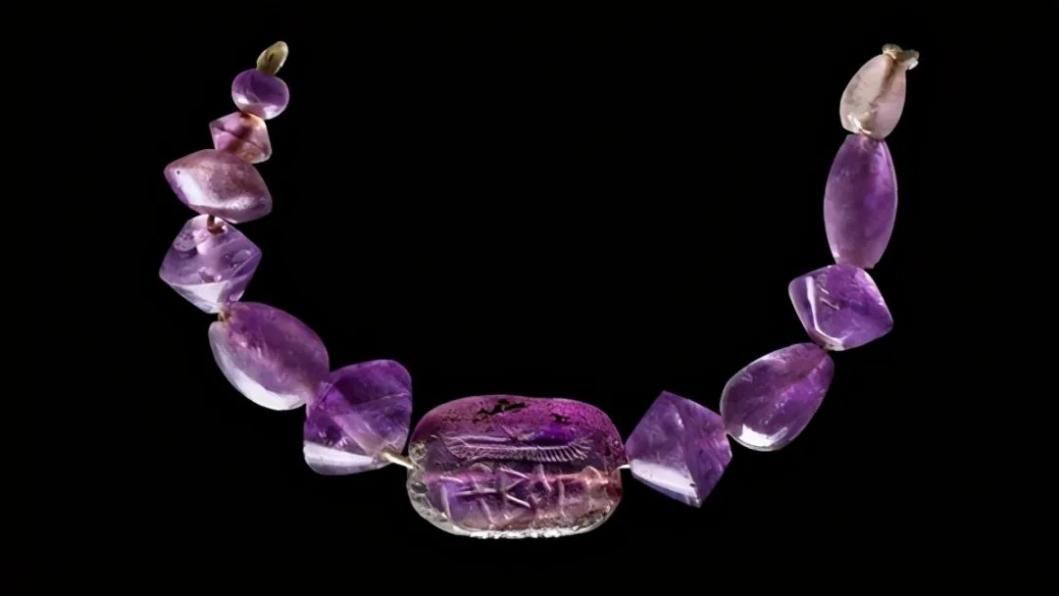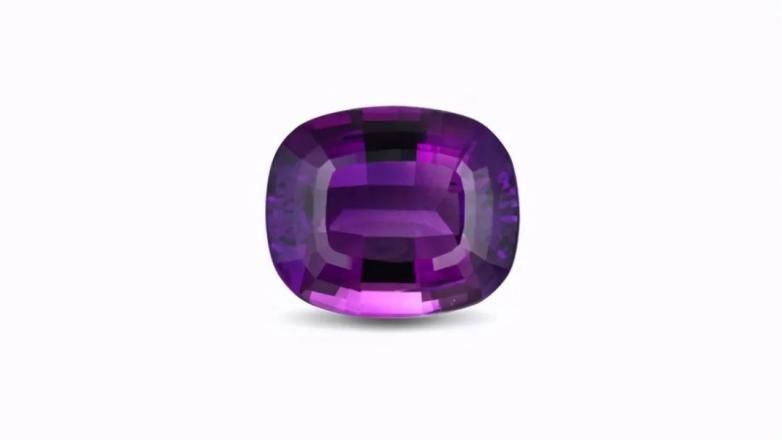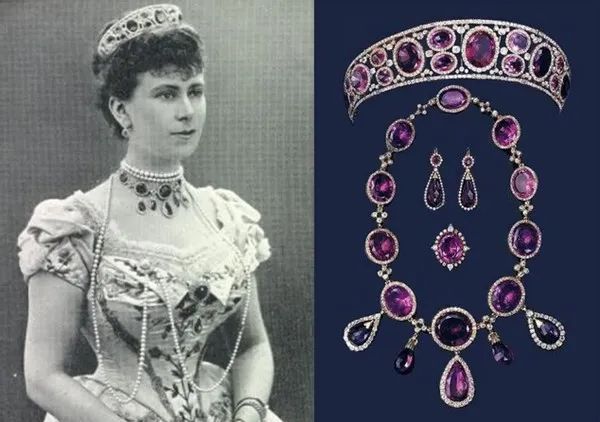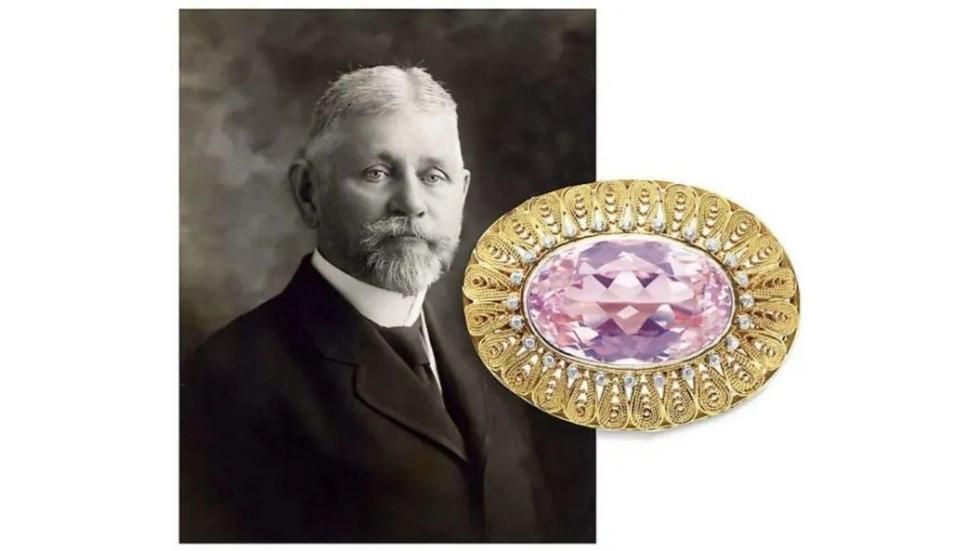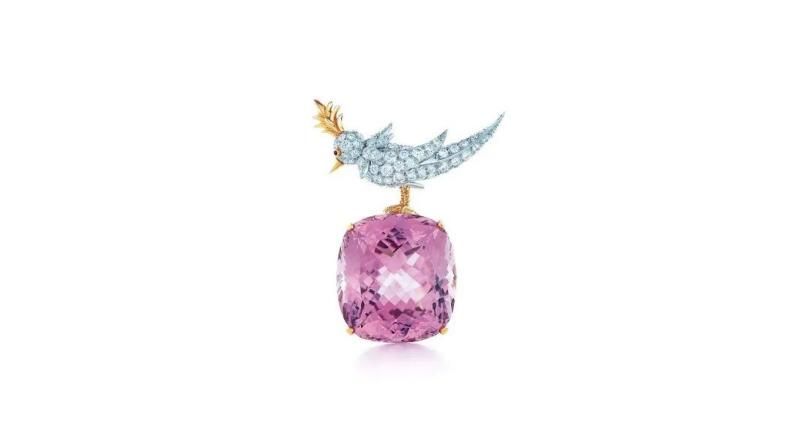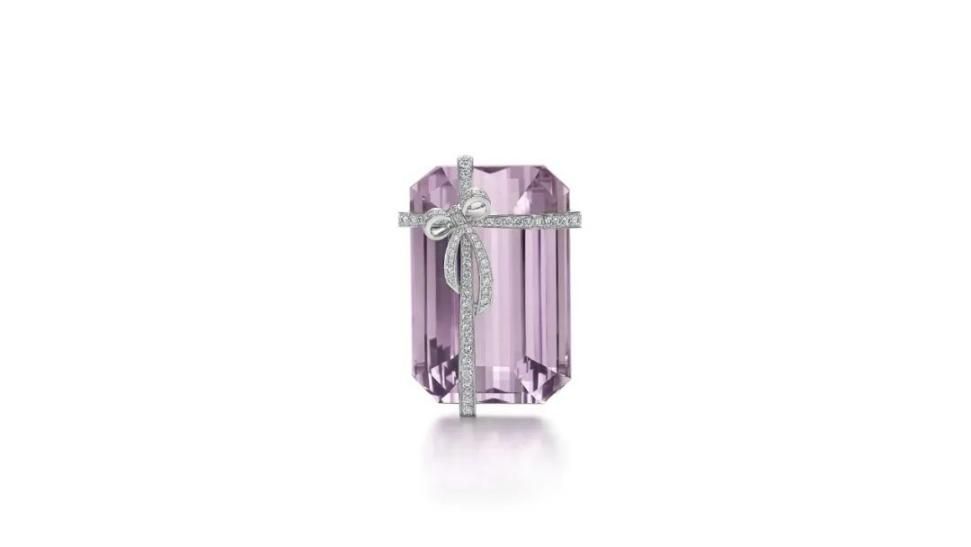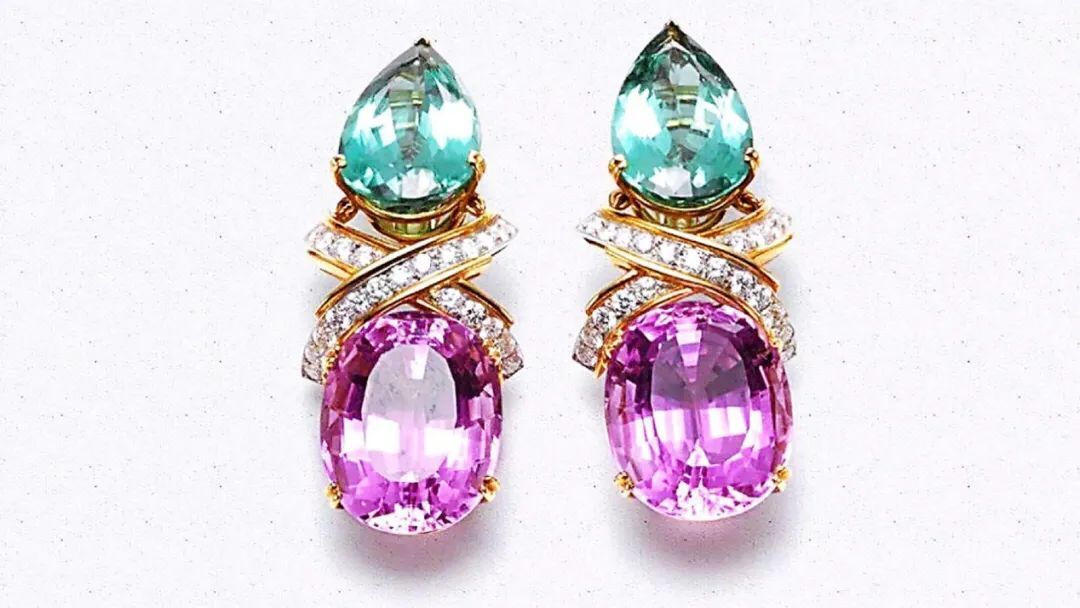1. Amethyst
Amethyst, the English name Amethyst, is derived from the Greek word "amethyst". Amethyst was once thought to be the equivalent of rubies, emeralds and sapphires and was often worn by kings and clergy.
This ancient necklace dates back to 2000 BC.
Inscription on the main stone dates back to the 8th century BC in Southern Arabic
Amethyst is a type of crystal that ranges in color from lavender to deep purple.
The color distribution of amethyst is uneven. Often shows the difference between red and purple. And the ambiguous purple amethyst color comes from the central color of the hole color. Prolonged sunlight radiation can change the color center of the hole. Some purple crystals can fade due to variability.
Queen Mary Amethyst Suit
Amethyst was once distributed to human society as a precious gem and can be found in many royal collections in Europe and Asia. The palms of major international jewelry brands and designers.
Naples Amethyst Crown of the Swedish Royal Family
2, purple spodumene
Compared to most gems that come from a spoon of gold. Kunzite is a good grassroots measure.
In unfamiliar times, Spojumen was primarily used to extract lithium, but renowned American minerallogist Dr. George Friedrich Kuntz brought Spojumen to the jewelery brand Tiffany and worked there. rice field. It was used throughout his dark life.
In honor of Dr. Kunz, people named kunzite "Kunzite" according to its surname "kunz", which can be literally translated as Kongsai stone.
Fashion bird brooch, one of Tiffany's classic masterpieces, the main stone is a purple spodumene
Spodumene & Diamond Bow Brooch from TIiffany
18K Yellow Gold and Platinum Set with Diamonds, Tourmalines, and Spodumene Earrings
From the Tiffany Antique Collection
Post time: May-20-2022

